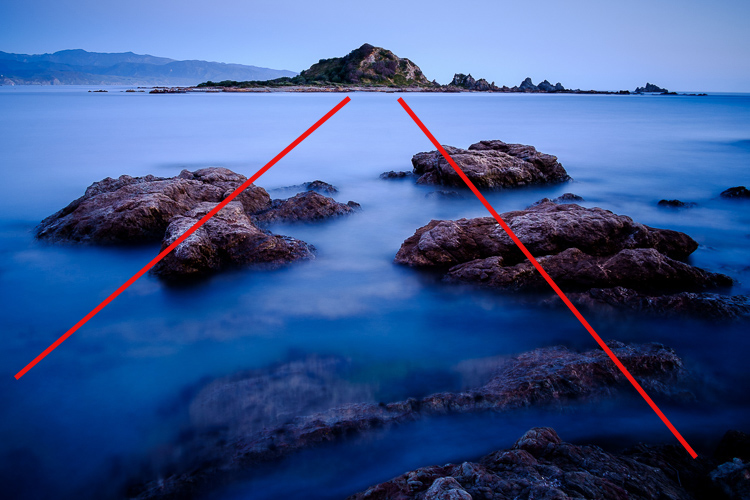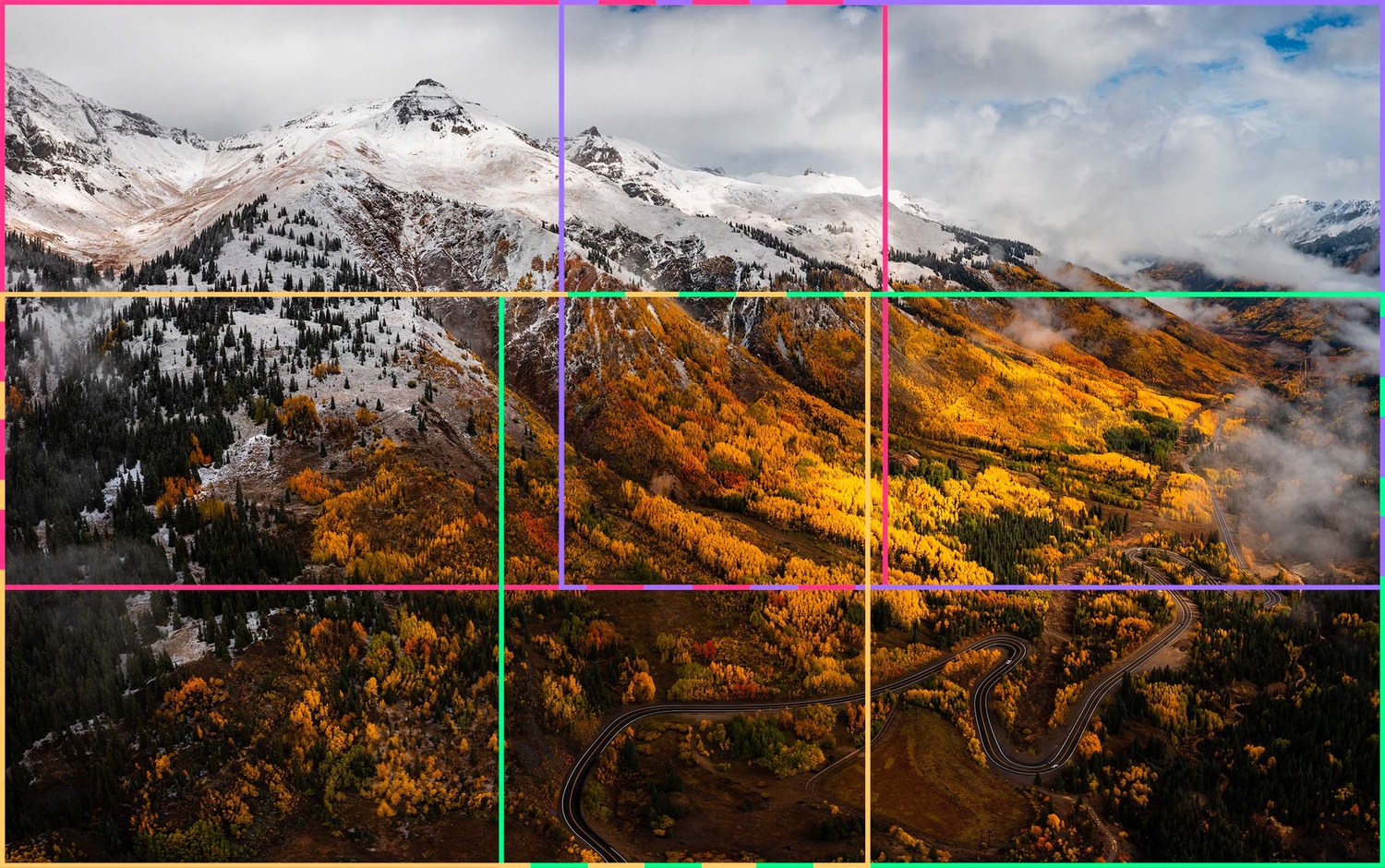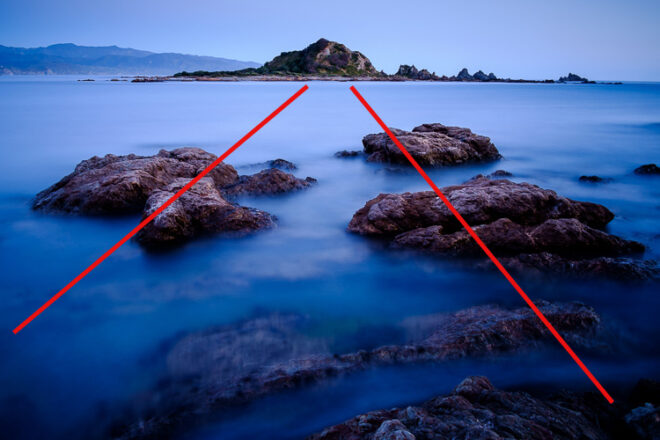Understanding Depth in Photography
Creating a sense of depth in drone photography can elevate your work to the next level. By incorporating various techniques and principles, you can make your images more visually engaging and dynamic. Let’s explore how you can achieve this in your drone photography.
What is Depth in Photography?
Depth in photography refers to the perception of distance in an image. It creates a sense of three-dimensionality, making the viewer feel like they are looking into a scene rather than at a flat image. In drone photography, depth is crucial as it can add a sense of scale and dimension to the aerial perspective.
Importance of Depth in Drone Photography
Depth in drone photography is essential for creating visually appealing and immersive images. It helps to guide the viewer’s eye through the scene, highlighting various elements in the composition. By mastering the use of depth, you can enhance the overall impact of your drone photos.
Techniques for Creating Depth in Drone Photography
Achieving a sense of depth in drone photography involves using various techniques and compositional elements. Let’s delve into some effective ways to create depth in your aerial images.
Leading Lines
Leading lines are a powerful compositional tool that can create a sense of depth in your drone photography. These lines draw the viewer’s eye into the image, guiding them through the scene and adding perspective. Look for natural or man-made elements such as roads, rivers, or buildings that can act as leading lines in your aerial shots.
Foreground Elements
Incorporating foreground elements in your drone photography can help create a sense of depth by adding layers to the composition. Including objects like trees, rocks, or structures in the foreground can provide a frame of reference for the viewer and emphasize the scale of the scene. Experiment with different foreground elements to see how they can enhance the depth of your aerial shots.
Overlapping Objects
Overlapping objects can also be used to convey depth in drone photography. When objects in the scene overlap with one another, it creates a sense of spatial relationships and adds dimension to the image. Try to position your drone in a way that captures overlapping elements, such as trees or buildings, to enhance the perception of depth in your photos.
Light and Shadow
Light and shadow play a crucial role in creating depth in drone photography. By utilizing the direction and quality of light, you can enhance the dimensionality of your aerial shots. Look for scenes with interesting light patterns and shadows that can highlight textures and shapes, adding depth to your images. Experiment with different lighting conditions to see how they can affect the sense of depth in your drone photography.
![]()
This image is property of cdn-usa.skypixel.com.
Incorporating Depth of Field in Drone Photography
Depth of field is another essential aspect to consider when aiming to create a sense of depth in your drone photography. Understanding how to control the depth of field can help you isolate subjects and create a more three-dimensional look in your aerial images.
Aperture Settings
The aperture setting on your drone camera controls the depth of field in your photos. A wider aperture (lower f-stop) will create a shallow depth of field, resulting in a blurred background and emphasizing the main subject. On the other hand, a smaller aperture (higher f-stop) will increase the depth of field, keeping more of the scene in focus. Experiment with different aperture settings to see how they can impact the sense of depth in your drone photography.
Focus Points
When composing your drone shots, consider where to place your focus points to create a sense of depth. By focusing on specific elements in the scene, you can draw attention to them and enhance the perception of distance. Experiment with focusing on different objects at varying distances to see how it can affect the depth in your aerial images.
Foreground Blur
Utilizing foreground blur can help create a sense of depth in drone photography by adding a sense of immediacy and intimacy to the scene. By intentionally blurring out elements in the foreground, you can create a layered effect that guides the viewer’s eye into the image. Experiment with different levels of foreground blur to see how it can enhance the depth in your aerial photos.

This image is property of i0.wp.com.
Post-Processing Techniques for Enhancing Depth
Post-processing is an important step in the photography workflow, especially when it comes to enhancing the sense of depth in your drone images. Utilizing various editing techniques can help you fine-tune the depth and dimensionality of your aerial photos.
Contrast Adjustment
Adjusting the contrast in your drone images can help enhance the sense of depth by emphasizing the differences between light and dark areas. Increasing the contrast can make the scene more dynamic and three-dimensional, while reducing it can create a softer, more atmospheric look. Experiment with contrast adjustments to see how they can impact the depth in your aerial shots.
Dodging and Burning
Dodging and burning are editing techniques that involve selectively brightening or darkening areas of an image. These techniques can be used to enhance the perception of depth by adding highlights and shadows to specific areas of the scene. By carefully dodging and burning your drone photos, you can create a more sculpted and dimensional look.
Color Grading
Color grading plays a significant role in enhancing the mood and atmosphere of your drone images, which can also affect the sense of depth. By adjusting the colors and tones in your aerial photos, you can create a more immersive and visually appealing scene. Experiment with different color grading techniques to see how they can impact the depth in your drone photography.
![]()
This image is property of cdn-usa.skypixel.com.
Conclusion
Creating a sense of depth in drone photography involves a combination of techniques, compositional elements, and post-processing tricks. By mastering these methods and experimenting with different approaches, you can elevate the impact of your aerial images and engage viewers on a deeper level. Remember to practice regularly and keep refining your skills to achieve stunning depth in your drone photography.

This image is property of cdn.fstoppers.com.

